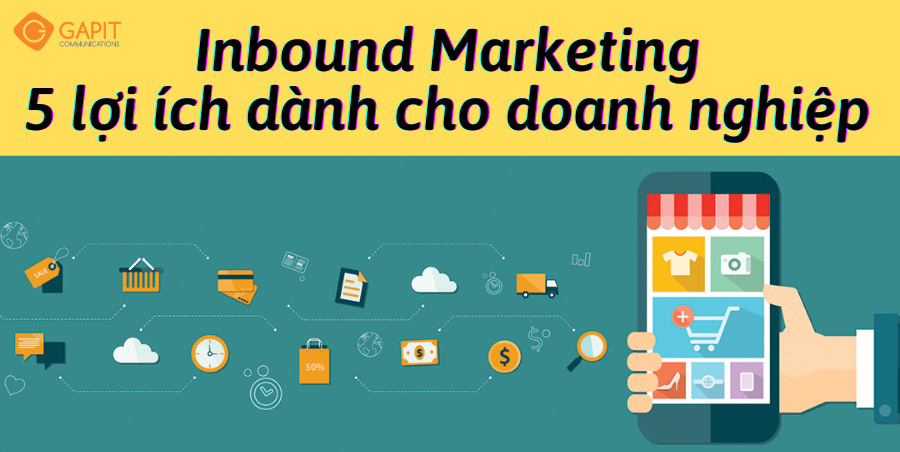For SMEs with restricted budget and human resources, Inbound Marketing is a potent solution, presenting tangible advantages for businesses:
1. Cost-effectiveness – Optimal Efficiency
Achieving cost savings and enhancing efficiency represent the ultimate advantages derived by businesses upon adopting Inbound Marketing. These statistics will substantiate this claim:
- Yield cost reductions of up to 61% compared to conventional marketing
- Offer a threefold increase in ROI regardless of whether a business is B2B or B2C compared to Outbound Marketing
- The average expense per lead through Inbound Marketing is approximately $134, significantly less than the $332 needed for Outbound Marketing
- Achieve savings of approximately 12% per lead and roughly 5% per customer
- In a 2013 survey by Hubspot, 58% of marketers implemented Inbound Marketing, generating 34% of leads, in contrast to the 22% generated by Outbound Marketing
2. Sustainable benefits across time
- The primary objective of Inbound Marketing is establishing and nurturing enduring customer relationships. Customers acquired through Inbound Marketing are not merely temporary; they represent a loyal customer base who hold steadfast belief in your business.
As an illustration, when crafting a post containing valuable and relevant content on Facebook, users will spontaneously engage by liking, sharing, and tagging their friends. Consequently, businesses can organically reach thousands of potential customers without cost. Not limited to a single post, these “passionate fans” will persist in monitoring your activities over an extended period if the content remains compelling.
3. Establishing trust, fostering brand awareness
- Costs and revenue are pivotal but not exclusive long-term goals for marketers. The establishment of a brand is a decisive element in the company’s development.
- Inbound Marketing is an ideal solution for fostering brand reputation and augmenting business recognition. Through infographics, videos, images,… featuring your brand logo, individuals can readily recognize your business. The valuable content you provide instills confidence in readers, thereby leading to a highly favorable influence on future business prospects.
4. Furnish comprehensive and detailed information to customers
- According to Gallup’s survey, customer preference in a product surges by 47% when presented with its detailed and specific information. Moreover, if information is conveyed in instructional and interactive videos, this figure escalates to 62%.
However, traditional marketing relies on a one-way interaction platform with restricted information sources. It inhibits customers from satisfying their curiosity regarding the offerings of the business. Businesses encounter challenges in addressing all customer inquiries due to budget issues. Inbound Marketing is a comprehensive solution that effectively resolves this problem. - Through Inbound Marketing, information can be promptly and thoroughly updated via social media at an optimal budget. Consequently, this enhanced customer preference in the product aids in simplifying and expediting the conversion of leads into customers.
5. Precisely Target Your Audience
- In Outbound Marketing, numerous individuals may encounter your product advertising content, yet only a small fraction actually possess relevant needs. The journey from initially attracting consumers through advertising content to ultimately closing a sale is notably protracted.
- Meanwhile, Inbound Marketing is a “shortcut”, facilitating a closer relationship between businesses and potential customers. The focus of Inbound Marketing lies on users genuinely seeking solutions to address their needs and resolve challenges. Consequently, the conversion and closure of sales through Inbound Marketing are poised to outperform those achieved through Outbound Marketing.


